
SPINN Arkitekter case study
 Hilmar Gunnarsson July 5, 2023
Hilmar Gunnarsson July 5, 2023 Arkio allows SPINN to almost instantly prototype designs into 3D models and to gather their team from different locations around the same model in VR.
About SPINN Arkitekter
SPINN is a Norwegian architecture firm specializing in public buildings, with a focus on schools, culture and some healthcare. We have 3 offices in Oslo, Tromsø and Stavanger and are total of 28 people at the moment.
During the pandemic we purchased VR headsets for all our employees. The Quest 2 had a functionality and price point that made more sense to invest in devices that people could have at home instead of dedicated VR machines that would be standing in an empty office. Throughout 2021 and 2022 we used VR for our Monday meetings, and experimented on ways to include it in our design workflow. We quickly found our way to Arkio and it has become one of our most used XR apps at the office.
What is the main challenge you wanted to address with Arkio?
In our experiments we found that VR meetings and collaboration was better than 2D screen meetings for certain things. We love prototyping and physical models, and have long been advocates of 3D printing. But, when our creative teams are spread across our geographical offices, or when people were working from home in the pandemic, then physical models weren't very useful.
Arkio gives us the ability to gather around a 3D scale model to discuss big picture things like volume, geometry and scale just like we would around a physical model. But it also allows us to jump INTO the model for a 1:1 human perspective, which is incredibly useful.
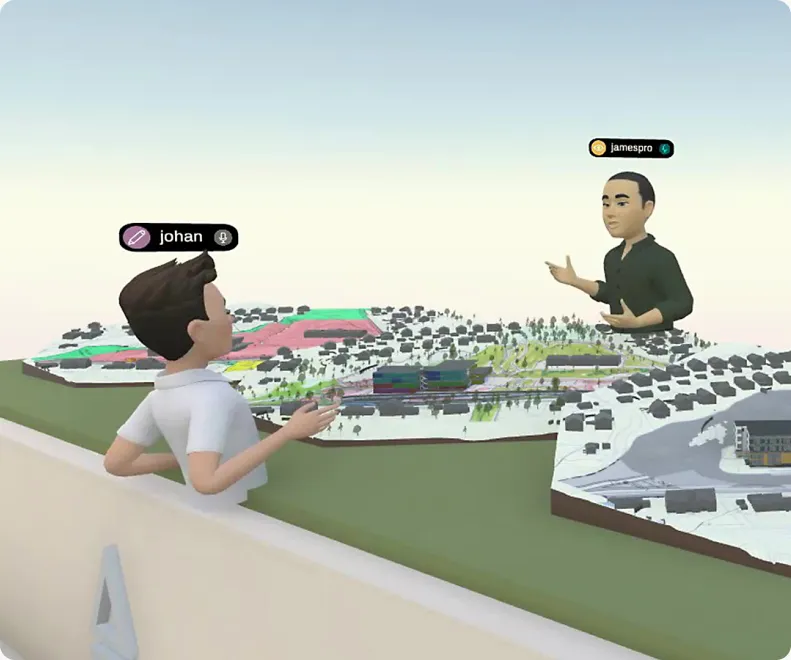
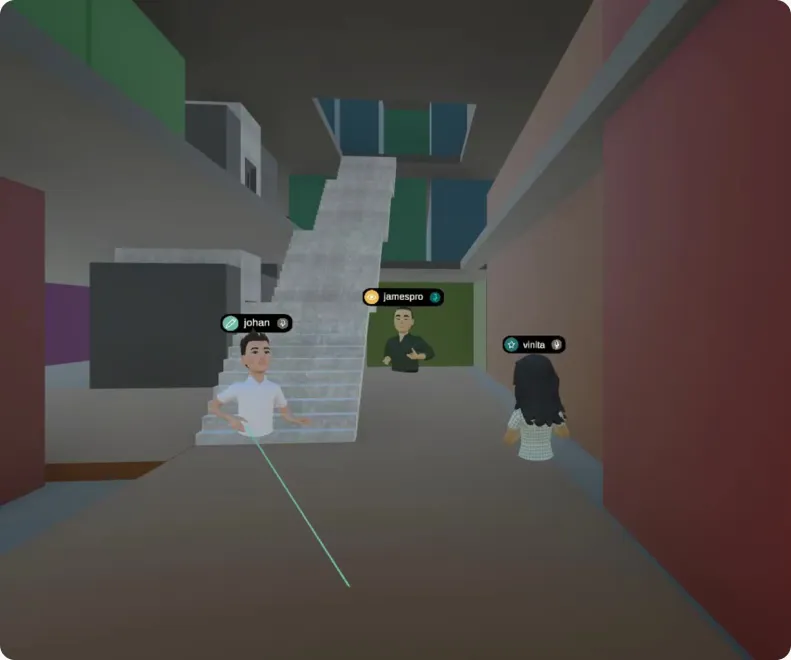
It's such a different experience for a team to be able to stand inside the model and discuss room proportions, light, directions, and flow. This is where Arkio really excels. We mostly use Arkio as a VR meeting and collaboration tool that allows us to explore our 3D models together. We simply export .obj files from our 3D models in Archicad and send them over to the Quest 2.
How does Arkio fit into your design workflow?
We've been using Arkio almost from the start, testing various ways to implement it in our workflow. Instead of doing 2D design pinups over Meet or Teams, we can meet in Arkio to discuss several alternative models in a more interactive way.
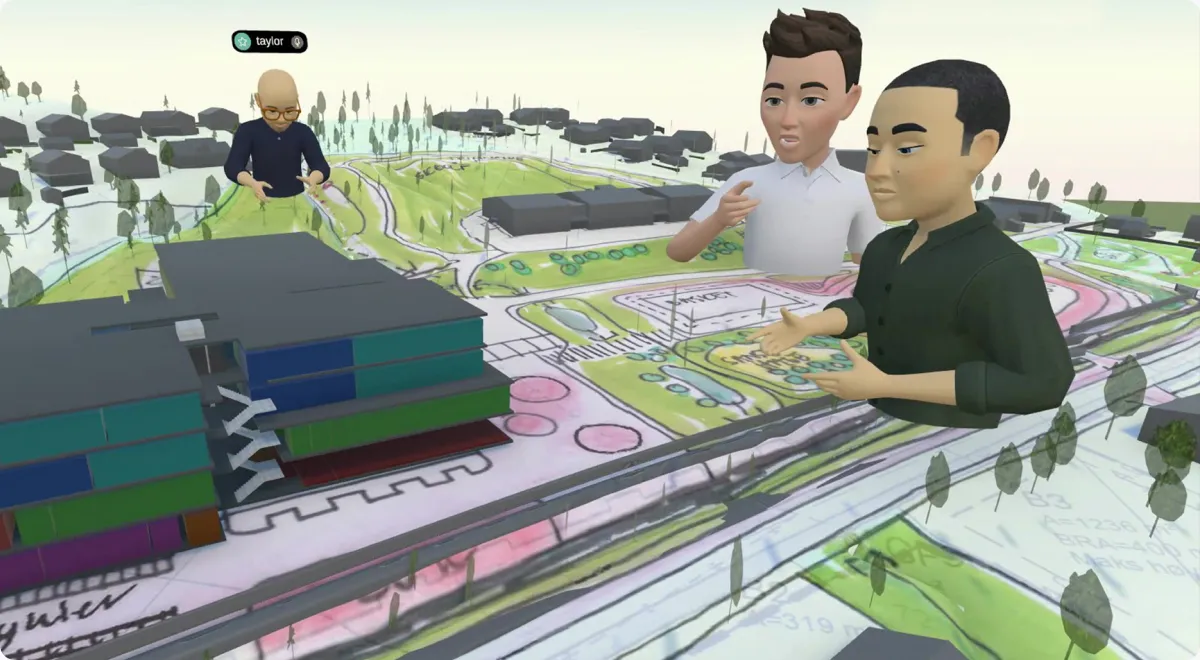
Instead of just one person sharing their screen, everyone in the meeting can look at the model from the angles that interests them the most. It makes for more dynamic discussions and gives us the ability to jump into our buildings in a new way.
We bring models to Arkio from Archicad by exporting the 3D view to OBJ and opening Arkio on the Mac to import the file to a new scene. We then start a meeting and join in Arkio on the Quest or iPad to share the models to these devices.
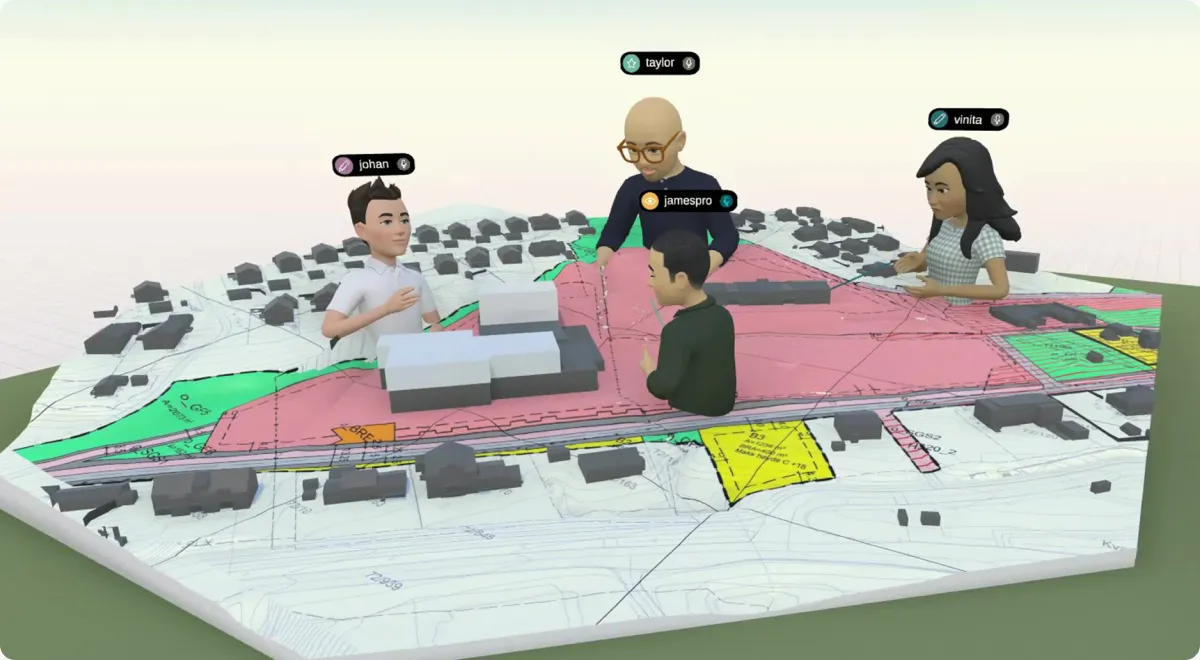
What are the main benefits of Arkio?
Arkio allows us to prototype our designs into 3D models almost instantly. Before we might create 3-4 options and 3D print them to discuss, a process that could take hours or overnight. Now we can do the same thing in a matter of minutes. The ability to gather our team from different locations around the same model in VR is what we love the most. The AR feature on the iPad has also been a great way to show off the same models in meetings.
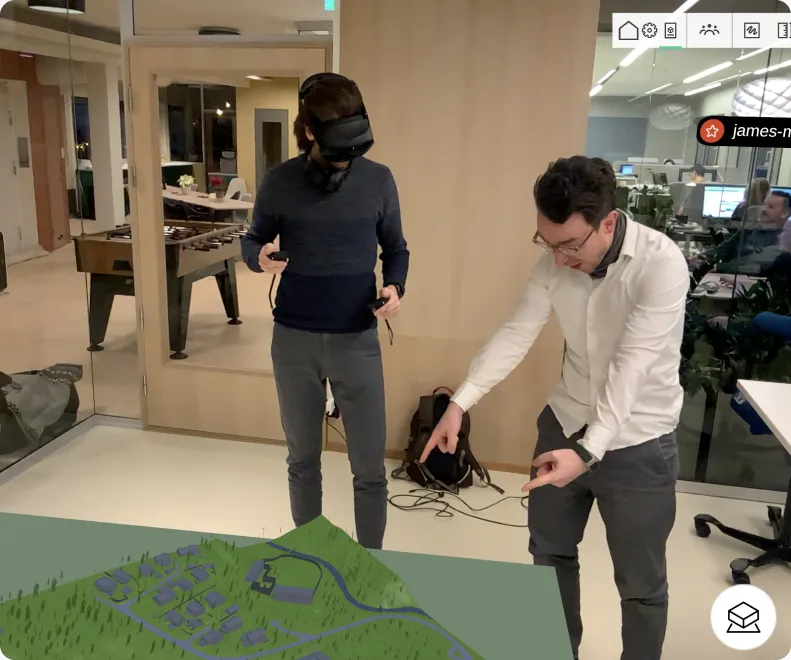
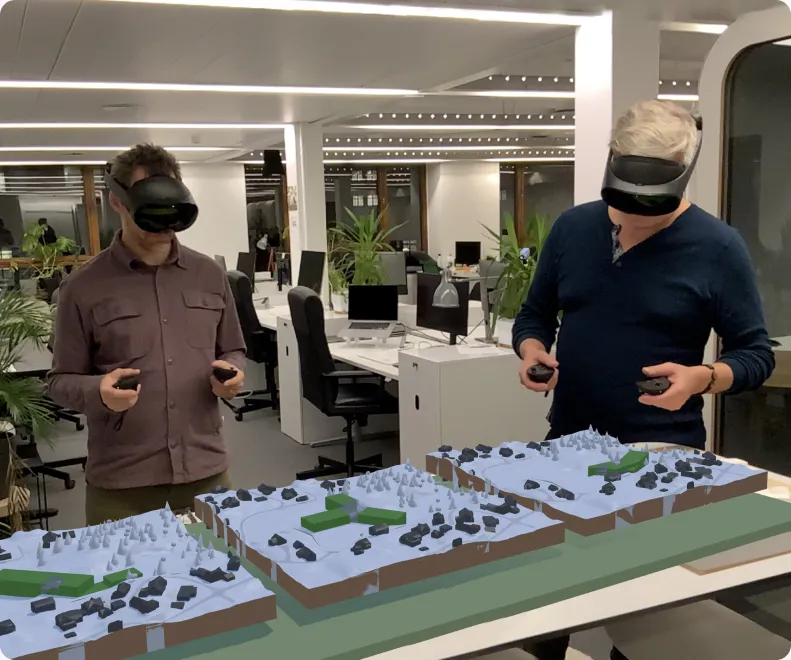
We also used Arkio to bring our clients into their buildings to get feedback from the users. By bringing 4-5 headsets into a meeting and allowing everyone to be inside the model at the same time we can give our clients a deeper understanding of the architecture and how it will be when the project is finished.

James Dodson, Architect & Partner, SPINN Arkitekter
"Arkio makes it easy for us to gather our team inside our designs to discuss and sketch ideas at 1:1 scale. VR gives us a sense of space which just isn't possible when looking at a 2D screen.”